With maritime operations again in the news recently the opportunity to see engine runs from two classic maritime aircraft was a hard one to resist. Located at the West side of Coventry airport, the Shackleton Preservation Trust’s Avro Shackleton WR 963 and Classic Air Force’s Nimrod XV232 were open to visitors with the prospect of a dusk engine run from each aircraft in turn.
With the Nimrod scheduled to fire up her engines around 3:30 and the Shackleton around half an hour later as dusk fell, visitors had the opportunity to explore both aircraft.
HISTORY
First up for was the Nimrod. XV232 is a Falkland’s veteran, having been deployed to Wideawake Island on 15 May 1982 and completing a number of long distance missions over Port Stanley and the Argentine fleet. The longest being an record breaking 8,453 miles, 18 hour 50 minute flight on the 21 May just prior to the British landings at San Carlos. The Nimrod’s having been fitted with ex-Vulcan refuelling probes and refuelled by a series of Victor tankers to complete the epic journeys.
After the war XV232 continued in RAF service, in the anti-submarine and search and rescue roles, until May 11, 2010 when it was acquired by the Classic Flight – the forerunner of the Classic Air Force having been flown in on a delivery flight from RAF Kinloss in Scotland.
EXPLORE THE INSIDE
The size of the Nimrod and to a lesser extend the Shackleton meant it was able to open for vistors to look explore inside. The Nimrod interioir looks well preserved with only a small number of panels missing, either taken for security reasons or as spares before the aircraft was retired. The crew were very welcoming talking visitors round the aircraft with overviews on the various roles and equipment. The Nimrod was spacious and reminisant of an airliner, not surprising given it was based on the de Havilland Comet, the world’s first jet airliner.
Next it was time to climb aboard the Avro Shackleton. Climbing being a good word to use as space was at a considerable premium compared to the Nimrod with large bulkheads to climb across to access the different areas of the aircraft. Having been developed from the Lancaster it was easy to imagine what the crews of both aircraft had to go through to get to their flying positions. Taking it in turns of 3 people, we made our way forward through the crew compartment complete with double bunk beds (something I didnt see on the Nimrod), through the Operators stations and into the cockpit. The Shackleton also has a quite roomy (and vulnerable) front gunner position that was later reused as an observation post in the recognisance configuration.
ENGINE RUNS
After a welcome soup and a roll in the hanger it was time for the first engine run. Whilst not as spectacular for the camera as a prop engine run, the sound of the Rolls-Royce Spey turbofans certainly made the ground shake even with just the right hand pair operating.
As the Nimrod fell silent and dusk fell across the airfield attention moved to the Shackleton for its first ever night time engine run. After each engine started in turn and was left to ‘warm up’ WR963’s mighty Griffon engine’s were run up to full rpm complete with glowing exhausts spitting out flames into the darkness.
There was plentry of oppertunity to take photos from multiple angles with the crowd placed in a sensible arch round the aircraft and lots of movement once people had got the shot they wanted. After what seems like forever (but I’m reliably told was 25 minutes) the engines fell silent to a round of applause from the assembled volenteers, enthusiasts and photographers.
SUMMARY
Despite the best attempts of Storm Desmond which reeked strong winds and serious flooding across the North of England, the day stayed dry, albeit very windy and the event was very enjoyable and a great success.
















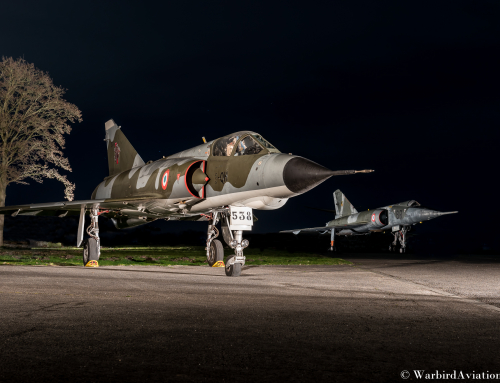
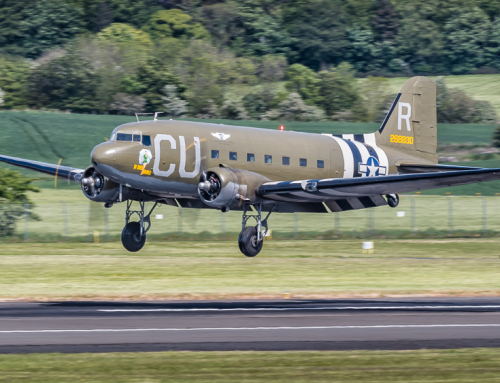
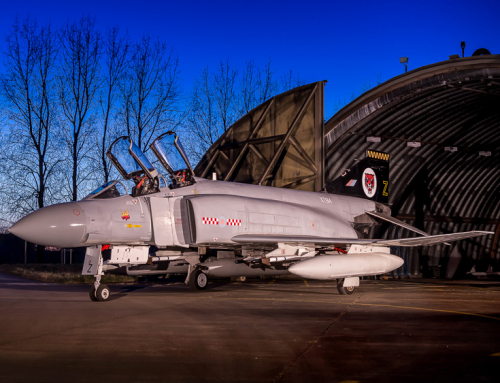
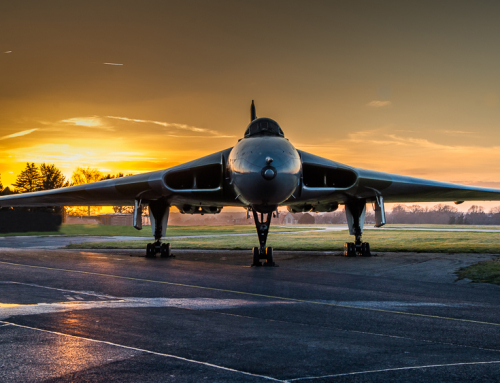
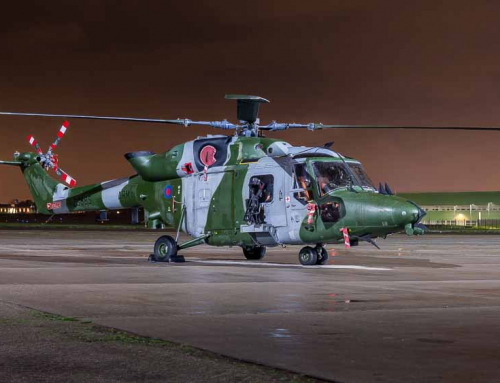
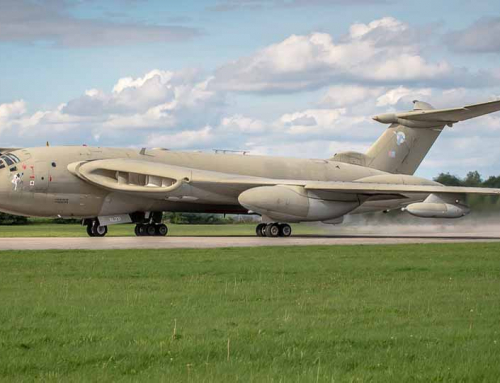
Feel free to add a comment